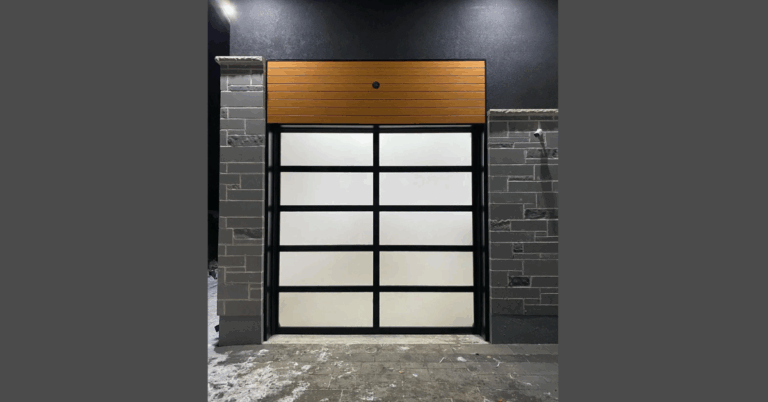The Evolution of Workplace Design: Balancing Collaboration with Privacy
99exch.com login, laser247 com, yolo 24/7 login:The Evolution of Workplace Design: Balancing Collaboration with Privacy
In recent years, workplace design has undergone a significant evolution. Gone are the days of cubicles and corner offices, replaced by open floor plans and communal workspaces. This shift has been driven by a growing recognition of the importance of collaboration and teamwork in the modern workplace. However, as companies embrace collaboration, they must also consider the need for privacy and personal space. Balancing these two seemingly conflicting needs is essential for creating a productive and harmonious work environment.
The Open Office Revolution
One of the most significant changes in workplace design in recent years has been the rise of the open office. Open offices are characterized by their lack of dividing walls or barriers, allowing employees to work in a shared space. Proponents of open offices argue that they foster collaboration, communication, and the free flow of ideas. By removing physical barriers, open offices can facilitate spontaneous interactions and encourage employees to work together on projects.
However, open offices are not without their drawbacks. Many employees find them noisy, distracting, and lacking in privacy. Without walls to provide a buffer, it can be challenging to concentrate on tasks that require focus and concentration. Additionally, some employees may feel self-conscious or exposed in such a transparent environment, leading to a decrease in productivity and morale.
The Rise of Flexible Workspaces
To address the limitations of open offices, many companies are turning to flexible workspaces. Flexible workspaces combine elements of open offices with private areas where employees can retreat for focused work or confidential conversations. These spaces may include private offices, phone booths, quiet rooms, and collaborative areas equipped with whiteboards and projectors.
By providing a mix of open and private spaces, flexible workspaces offer employees the freedom to choose the environment that best suits their needs at any given time. This flexibility can increase employee satisfaction and productivity, as well as promote a sense of autonomy and control over one’s work environment. Additionally, flexible workspaces can accommodate different work styles and preferences, catering to the diverse needs of a modern workforce.
Designing for Collaboration and Privacy
When designing a workspace that balances collaboration with privacy, several factors should be taken into account. First and foremost, it is essential to understand the specific needs and preferences of employees. Conducting surveys, focus groups, and interviews can help gather valuable insights into how employees work and what they value in a workspace.
Consider the layout of the office, the furniture, and the amenities available. Do employees have access to quiet areas for focused work? Are there spaces where teams can gather for brainstorming sessions or impromptu meetings? Is there adequate soundproofing to reduce noise levels and maintain privacy? These are all important considerations when creating a workspace that promotes collaboration and respects individual needs for privacy.
It is also crucial to involve employees in the design process. By soliciting feedback and input from staff members, companies can ensure that the workspace meets their needs and preferences. Employees are the ones who will be using the space on a daily basis, so their input is invaluable in creating a workspace that truly works for them.
FAQs
1. How can companies balance the need for collaboration with the need for privacy in the workplace?
Companies can balance collaboration with privacy by creating flexible workspaces that offer a mix of open and private areas. Providing options for employees to choose the environment that best suits their needs at any given time can help promote productivity and satisfaction.
2. What are some common pitfalls to avoid when designing a workspace that balances collaboration with privacy?
One common pitfall is overlooking the need for quiet areas for focused work. Without designated spaces for concentration, employees may struggle to perform tasks that require deep concentration. Another pitfall is failing to involve employees in the design process. By seeking input from staff members, companies can ensure that the workspace meets their needs and preferences.
3. How can companies create a culture of collaboration while still respecting individual privacy?
To create a culture of collaboration while respecting individual privacy, companies should foster an environment of open communication and transparency. Encouraging teamwork, sharing ideas, and promoting a sense of community can help build a collaborative culture. At the same time, providing private areas for confidential conversations and focused work can demonstrate respect for individual privacy.





